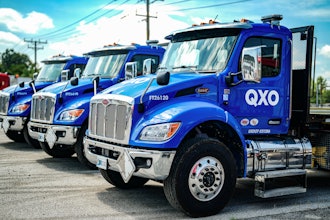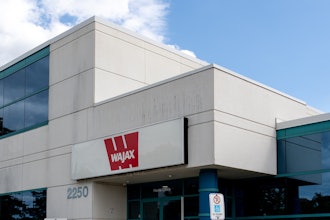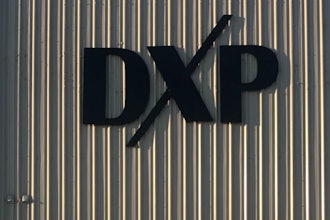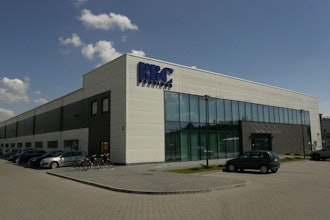
Tools and outdoor equipment maker Stanley Black and Decker slashed its earnings forecast for the year after reporting lower-than-expected results in its fiscal second quarter.
The Connecticut-based company also announced a cost-cutting effort that aims to provide $1 billion in savings by the end of next year.
Stanley posted second quarter net income of $88 million — amounting to a profit of $0.57 per share — and revenue of $4.4 billion. Earnings per share, adjusted for one-time gains and costs, were $1.77. Wall Street analysts had reportedly expected nearly $4.8 billion in revenue and earnings of $2.12 per share.
Company officials cited broader economic trends for the disappointing quarter, including inflation, rising interest rates and “significantly” slower demand in late May and June. The company said retail tool sales tailed off beginning in late May, while poor weather hampered sales of its outdoor products.
Stanley cut its full-year forecast for adjusted earnings from the previous $9.50 to $10.50 per share down to $5 to $6 per share. The company’s stock price dropped 15% in pre-market trading Thursday.
Donald Allan, the company’s new chief executive, said in a statement that economic headwinds prompted the company to bolster its “strategic transformation.”
“As the softening of the demand environment accelerated rapidly during the last portion of the quarter, we began taking immediate corrective cost actions, which we are continuing to implement,” Allan said. “We are now preparing for demand to normalize closer to 2019 levels for the remainder of 2022.”
The company said it plans to cut inventory and embark on a three-year supply chain “transformation” that is expected to generate $500 million in savings by 2023 alone. Stanley also plans to save $200 million each by reducing its indirect spend and simplifying its corporate structure; the remaining $100 million would come from “optimizing spans and layers and prioritizing investments in our core businesses.”
The company said the sale of its security business resulted in $4.1 billion in cash proceeds, which would reduce its third-quarter debt balance.
“By prioritizing cash generation in 2022 and taking the necessary cost actions today, we believe we are positioning the company for strength in 2023 and beyond,” said interim CFO Corbin Walburger.






















